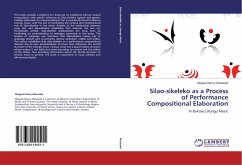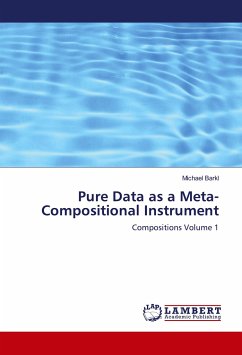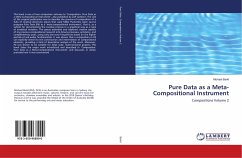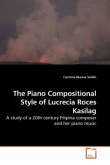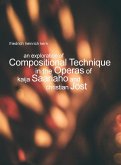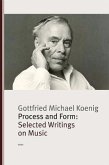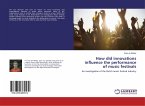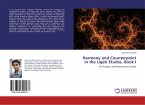This book provides a platform for discourse on traditional African musical compositions, with specific reference to Silao-sikeleko (speech and speech-melody) addressed as a musical element that is prevalently found in Bukusu Litungu music; with the aim of identifying the cultural and compositional role of silao-sikeleko in the music. Analysis of the relationship between sung text and silao-sikeleko establishes that whereas the two are thematically unified, silao-sikeleko substantiates the sung texts by facilitating an understanding of messages contained in the songs. The analysis of language use ascertains that silao-sikeleko makes use of language devices such as proverbs, idioms, symbolism, riddles and similes. The author establishes that silao-sikeleko as a performance compositional element has its own presentational structure that influences the overall structure of the Litungu music. Litungu music has a quasi-rondoic structure whose output is not static but varies according to context and the wishes of the soloist, thus providing information about the formal structure of African music in general. The book is resourceful to music scholars and ethnomusicologists.
Bitte wählen Sie Ihr Anliegen aus.
Rechnungen
Retourenschein anfordern
Bestellstatus
Storno

